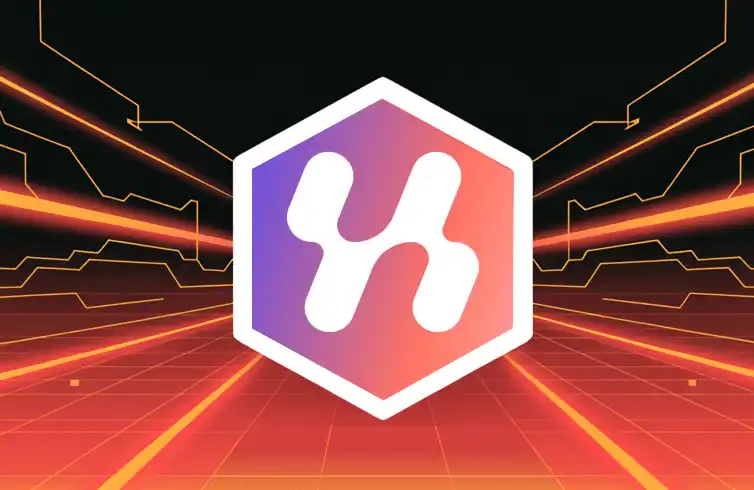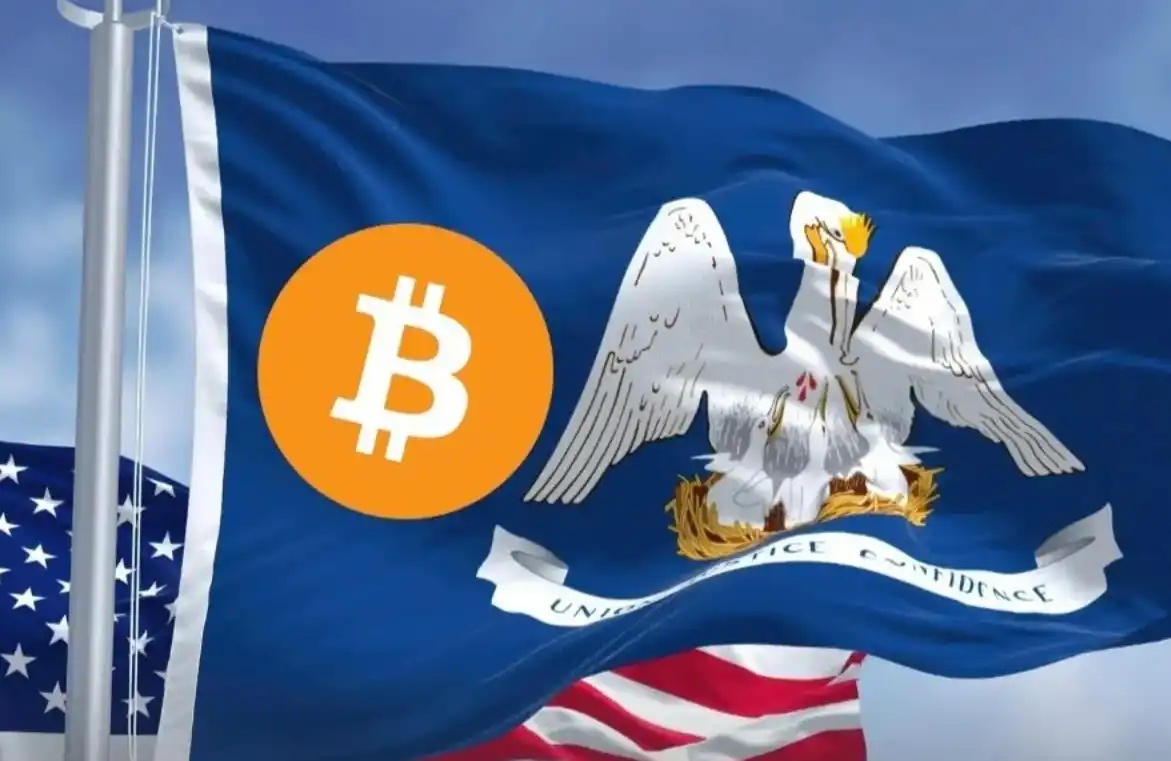Polkadot seeks a second spring for its ecosystem with '1000 parallel chains and millions of TPS'.

Author: Sharon, Luccy, BlockBeats
Editor: Jack, BlockBeats
On September 21st, at the Sub0 conference for Polkadot developers, Polkadot announced that it will support up to 1000 parallel chains and over one million transactions per second through a series of improvements and plans. These improvements and plans indicate a "major transformation" in the Polkadot ecosystem.
1000 Parallel Chains and Millions of TPS
Polkadot announced at this conference that it plans to begin testing a new and revolutionary network expansion solution called "Asynchronous Backin" in the coming weeks. Asynchronous support refers to a technology or mechanism that allows system components such as validators, nodes, or services to operate without the need for real-time or synchronous interaction.
Parity Technologies, the main contributor to Polkadot, announced at the conference that the asynchronous version will be deployed to Polkadot's Rococo testnet in about two weeks. This will enable Polkadot to support up to 1000 parallel chains and process over one million transactions per second. Additionally, asynchronous support will reduce the block time of parallel chains from 12 seconds to 6 seconds and increase the block space of each block by 5-10 times.
"Asynchronous support provides flexible scheduling for our future expansion through Elastic Scaling and Instantaneous Core Time," said Sophia Gold, engineering manager of Polkadot Parity, in a statement. "Asynchronous support will also increase the number of validators in Polkadot to over 1,000 by the end of 2024, more than doubling the number since the introduction of parallel chain consensus nearly two years ago, making it the most significant evolution of parallel chain consensus."
In fact, since the official release of Polkadot 1.0 on July 19th this year, Polkadot has continued to receive industry attention. Polkadot 1.0 provides the initial architecture of Polkadot based on heterogeneous sharding, including relay chains and connected parallel chains, all protected by a shared validator set, as well as core functions such as staking system, on-chain governance, cross-chain communication and transaction routing, non-forking upgrades, etc.
Polkadot's parallel chains have also been further expanded. For example, the Uniswap community announced in May that Uniswap V3 will be deployed on the Polkadot parallel chain Moonbeam. Since then, Circle officially launched USDC on the Polkadot mainnet in September to improve the liquidity of the entire ecosystem. However, as the Polkadot ecosystem expands, governance issues have gradually come into wider view.
治理难题待解
translates to
Governance challenges await resolution
On June 15th, Polkadot officially launched the Polkadot OpenGov community governance model. OpenGov has sparked widespread discussion and attention since its release.
As a new governance model for Polkadot, OpenGov supports voting on multiple issues at the same time, all directly controlled by the community. At the same time, OpenGov abolishes the Council and Technical Committee of Polkadot Governance V1, replacing them with a newly elected body called Polkadot Fellowship. Fellowship has no real power over the network and cannot change parameters or move assets. It is reported that the Fellowship has 45 members, and the number of members may continue to grow in the future.
In the deprecated Polkadot Governance V1, all referendums had equal weight and voters could only vote on one referendum at a time (except for emergency proposals), with voting periods lasting for several weeks. Additionally, the alternating voting schedule allowed for public referendums or council motions to be voted on every 28 days. OpenGov builds on the voting delegation feature of Governance V1 by introducing multi-role delegation, allowing voters to delegate their voting power to another voter.

Polkadot OpenGov's structural overview, source: Polkadot documentation
Regarding the OpenGov governance model, Polkadot's largest Chinese community, PolkaWorld, has generated a certain degree of response. On September 15th, PolkaWorld announced that its proposal for official funding had been rejected, and therefore suspended operations. As of now, PolkaWorld has been suspended for nearly a month.
PolkaWorld explains that under the existing governance framework, DOT holders would select a council with professional knowledge reserves to evaluate specific proposals. The effective treasury mechanism should be integrated into the OpenGov governance framework. However, under the current OpenGov governance framework, DOT holders often resist proposals to cash out treasury reserves, which prevents many long-term contributors and organizations from receiving the funding they deserve.
In fact, some people have indeed left the Polkadot ecosystem because of this. PolkaWorld announced on September 18th that Brushfam has withdrawn from the Polkadot ecosystem. As an infrastructure developer, Brushfam has provided consulting services to many development teams to help them join Polkadot. PolkaWorld also called on all DOT holders to realize that the existence of the treasury is to promote the development of the ecosystem. If OpenGov leads to the loss of ecological projects, it may mean that DOT holders are making the wrong vote under OpenGov.

Twitter users' comments on OpenGov
Many encryption enthusiasts have also criticized OpenGov. At the same time, PolkaWorld stated that the original intention of OpenGov's design was to make Polkadot's governance more decentralized, while improving the efficiency and transparency of the treasury. However, the management mechanism of the treasury under this framework has resulted in many long-term contributors and organizations having their funding applications repeatedly rejected.
Perhaps while continuing to advance the ecosystem, Polkadot also needs to spend more time improving community governance solutions, allowing more community participants to better contribute to the construction.
Welcome to join the official BlockBeats community:
Telegram Subscription Group: https://t.me/theblockbeats
Telegram Discussion Group: https://t.me/BlockBeats_App
Official Twitter Account: https://twitter.com/BlockBeatsAsia
 Forum
Forum OPRR
OPRR Finance
Finance
 Specials
Specials
 On-chain Eco
On-chain Eco
 Entry
Entry
 Podcasts
Podcasts
 Activities
Activities










